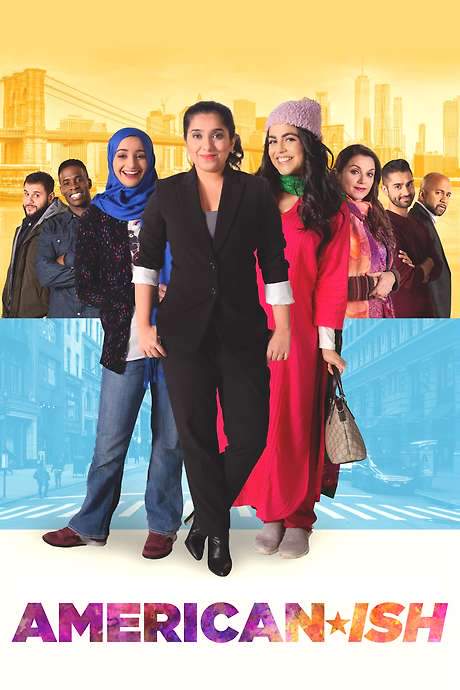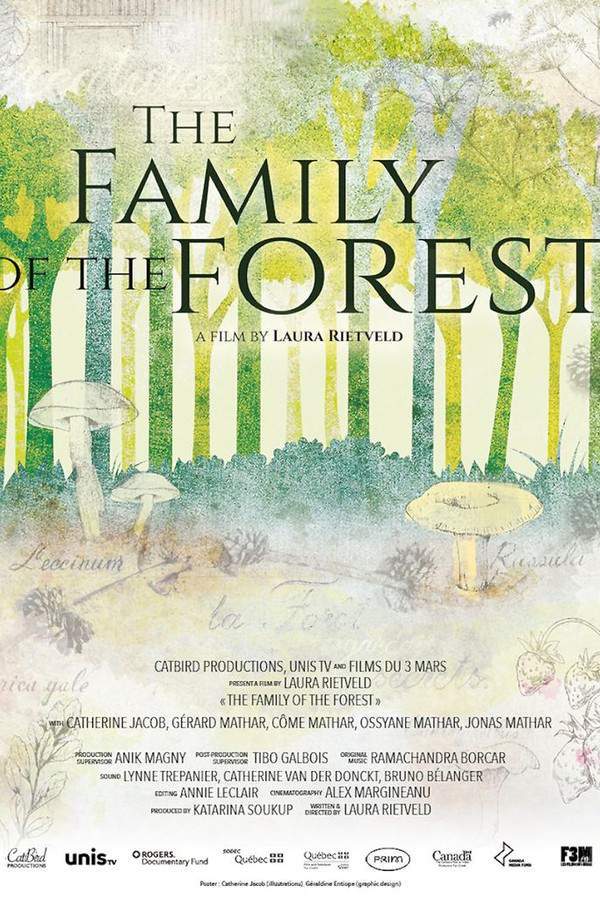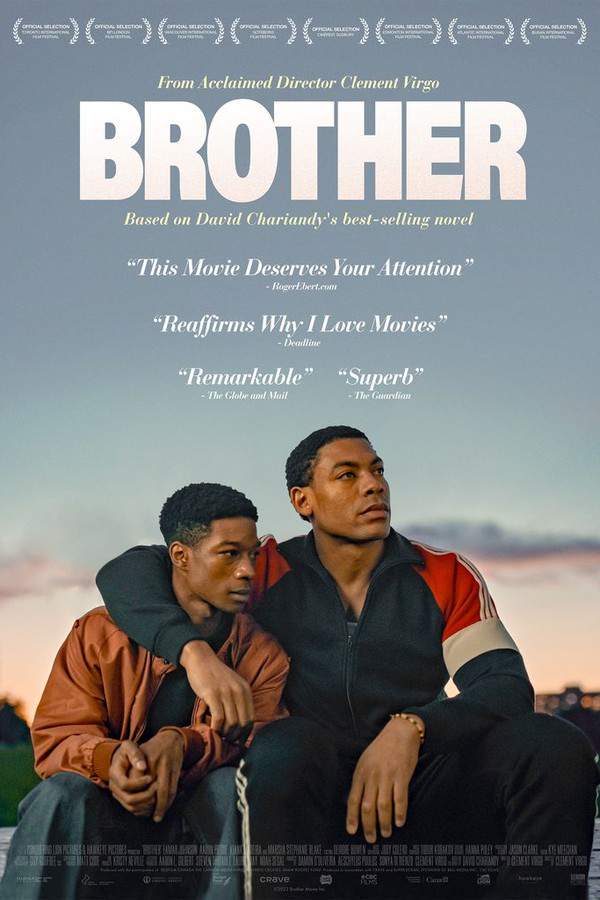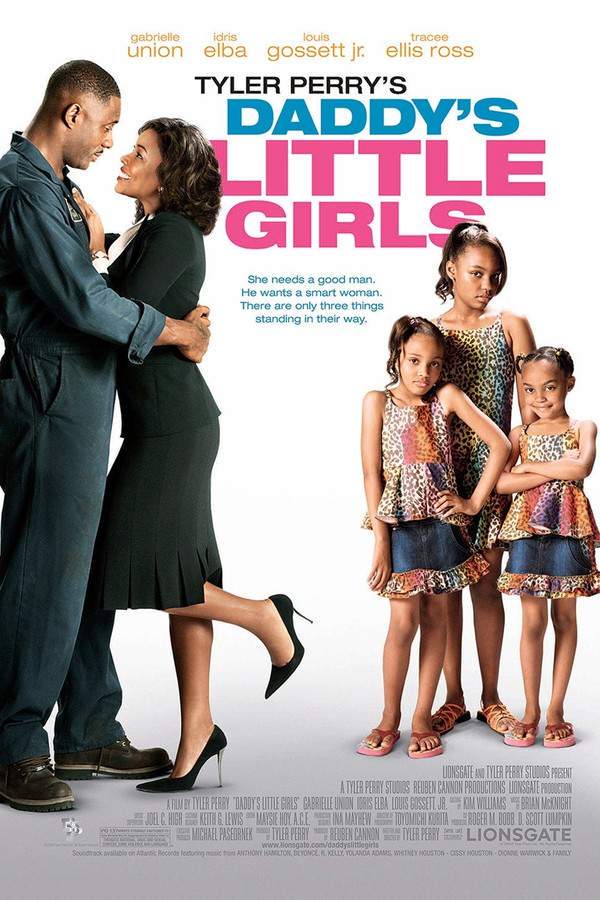
Go Back to China
After recklessly spending her trust fund, Sasha Li, a young heiress, is sent by her father to live in China. This unexpected move forces her to confront her heritage and reconnect with her family, who she had distanced herself from. While initially a financial arrangement, the experience becomes a journey of self-discovery, allowing Sasha to rediscover her passion for toy design and find a renewed sense of belonging.
Go Back to China (2020) – Spoiler-Free Movie Summary & Plot Overview
Get a spoiler-free look at Go Back to China (2020) with a clear plot overview that covers the setting, main characters, and story premise—without revealing key twists or the ending. Perfect for deciding if this film is your next watch.
In the bustling contrast between Los Angeles’ glossy runway scene and the industrious heart of a Chinese toy factory, Sasha Li finds herself thrust from a life of effortless privilege into a world where heritage and responsibility intersect. When her father abruptly cuts off the generous trust fund that has long cushioned her whims, she is sent east not merely as a financial arrangement but as a chance to reconnect with the roots she has long ignored. The film opens on this cultural displacement, painting a vivid picture of a young woman navigating language, tradition, and the expectations of a family business built on plush nostalgia.
The factory itself hums with the rhythm of seasoned craftsmen and modern ambition, its corridors echoing with stories of generations that have turned simple fabrics into beloved toys. Here, Sasha encounters Carol Li, her older half‑sister, whose sharp business acumen and quiet confidence hint at a different kind of success. Their tentative bond offers a glimpse into sibling rivalry softened by shared blood, while the presence of Lulu, the father’s youthful companion, adds an undercurrent of generational clash and unexpected camaraderie.
Amidst the clatter of sewing machines and the scent of fresh paint, Sasha rediscovers her dormant love for design, sketching whimsical concepts that blend Western playfulness with Eastern craftsmanship. The tone remains light yet introspective, balancing comedic moments of cultural missteps with the earnest search for purpose. As she begins to assert her voice within the factory, the story teases a journey of self‑realization, where creativity becomes both an anchor and a passport back to a sense of belonging.
Through vibrant set pieces, witty dialogue, and a warm palette that celebrates the melding of two worlds, the film sets the stage for a heartfelt exploration of identity, family ties, and the joy of building something meaningful from the very fabric of one’s past.
Last Updated: August 10, 2025 at 01:22
Explore Movie Threads
Discover curated groups of movies connected by mood, themes, and story style. Browse collections built around emotion, atmosphere, and narrative focus to easily find films that match what you feel like watching right now.
Movies about rediscovering heritage like Go Back to China
Characters return to their roots to find purpose and mend family bonds.If you liked the journey of self-discovery in Go Back to China, explore these movies where characters reconnect with their roots. These stories often involve returning to a family home or business abroad, mending fractured relationships, and finding a new purpose through cultural identity.
Narrative Summary
These narratives typically follow a protagonist who is initially resistant or ignorant of their heritage. Through an external catalyst—like a family obligation or personal crisis—they are forced to engage with their past. The plot unfolds as they navigate complex family dynamics, uncover truths, and ultimately integrate their heritage into a stronger, more authentic sense of self.
Why These Movies?
They are grouped together because they share a central theme of cultural and personal reconnection. The emotional core revolves around identity crisis, family reconciliation, and a hopeful, transformative arc that leads to a positive, fulfilling resolution despite initial conflict.
Redemptive family dramas similar to Go Back to China
Stories where flawed families confront past wounds to find a hopeful future.For viewers who enjoyed the complex family dynamics and hopeful resolution of Go Back to China, this list features movies about mending family rifts. These dramas often involve sibling rivalry, confronting a parent's past, and finding a way forward through understanding and forgiveness.
Narrative Summary
The narrative pattern involves a central conflict that forces a family to address issues they've long avoided. Dark secrets may come to light, and past grievances are aired. The journey is emotionally challenging, but the arc is ultimately redemptive, leading to a hard-won reconciliation that feels earned and hopeful, not saccharine.
Why These Movies?
They share a specific emotional mix: dramatic family conflict balanced by a hopeful, healing resolution. The pacing is steady, allowing for character development and the gradual unraveling of complex relationships, resulting in a satisfying emotional payoff that emphasizes growth and forgiveness.
Unlock the Full Story of Go Back to China
Don't stop at just watching — explore Go Back to China in full detail. From the complete plot summary and scene-by-scene timeline to character breakdowns, thematic analysis, and a deep dive into the ending — every page helps you truly understand what Go Back to China is all about. Plus, discover what's next after the movie.
Go Back to China Summary
Read a complete plot summary of Go Back to China, including all key story points, character arcs, and turning points. This in-depth recap is ideal for understanding the narrative structure or reviewing what happened in the movie.

Go Back to China Timeline
Track the full timeline of Go Back to China with every major event arranged chronologically. Perfect for decoding non-linear storytelling, flashbacks, or parallel narratives with a clear scene-by-scene breakdown.

Characters, Settings & Themes in Go Back to China
Discover the characters, locations, and core themes that shape Go Back to China. Get insights into symbolic elements, setting significance, and deeper narrative meaning — ideal for thematic analysis and movie breakdowns.

More About Go Back to China
Visit What's After the Movie to explore more about Go Back to China: box office results, cast and crew info, production details, post-credit scenes, and external links — all in one place for movie fans and researchers.





























